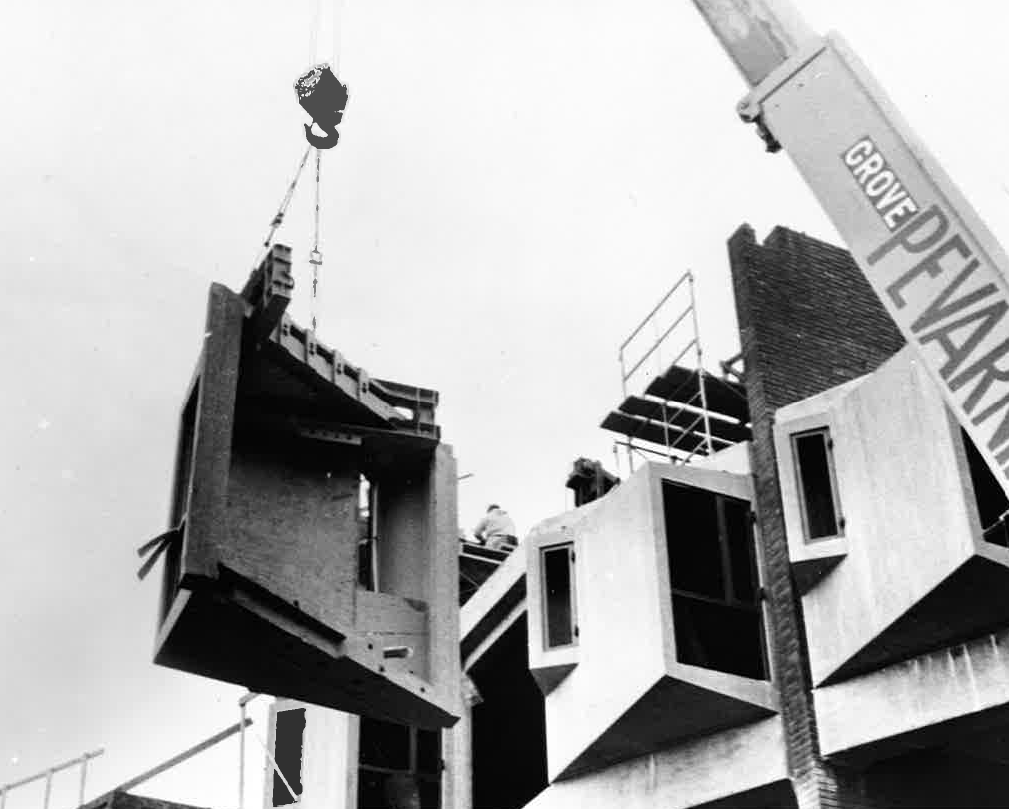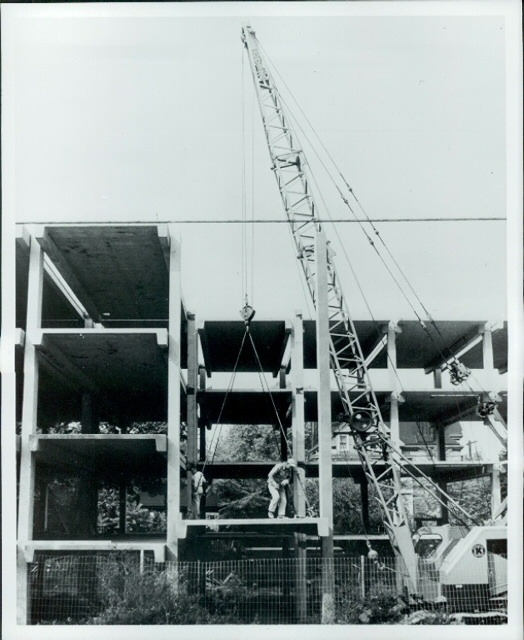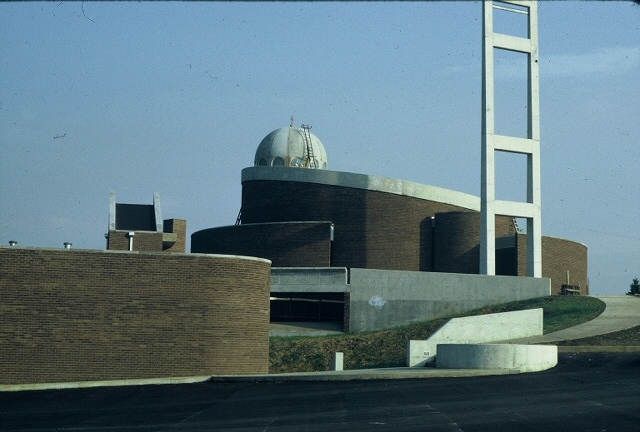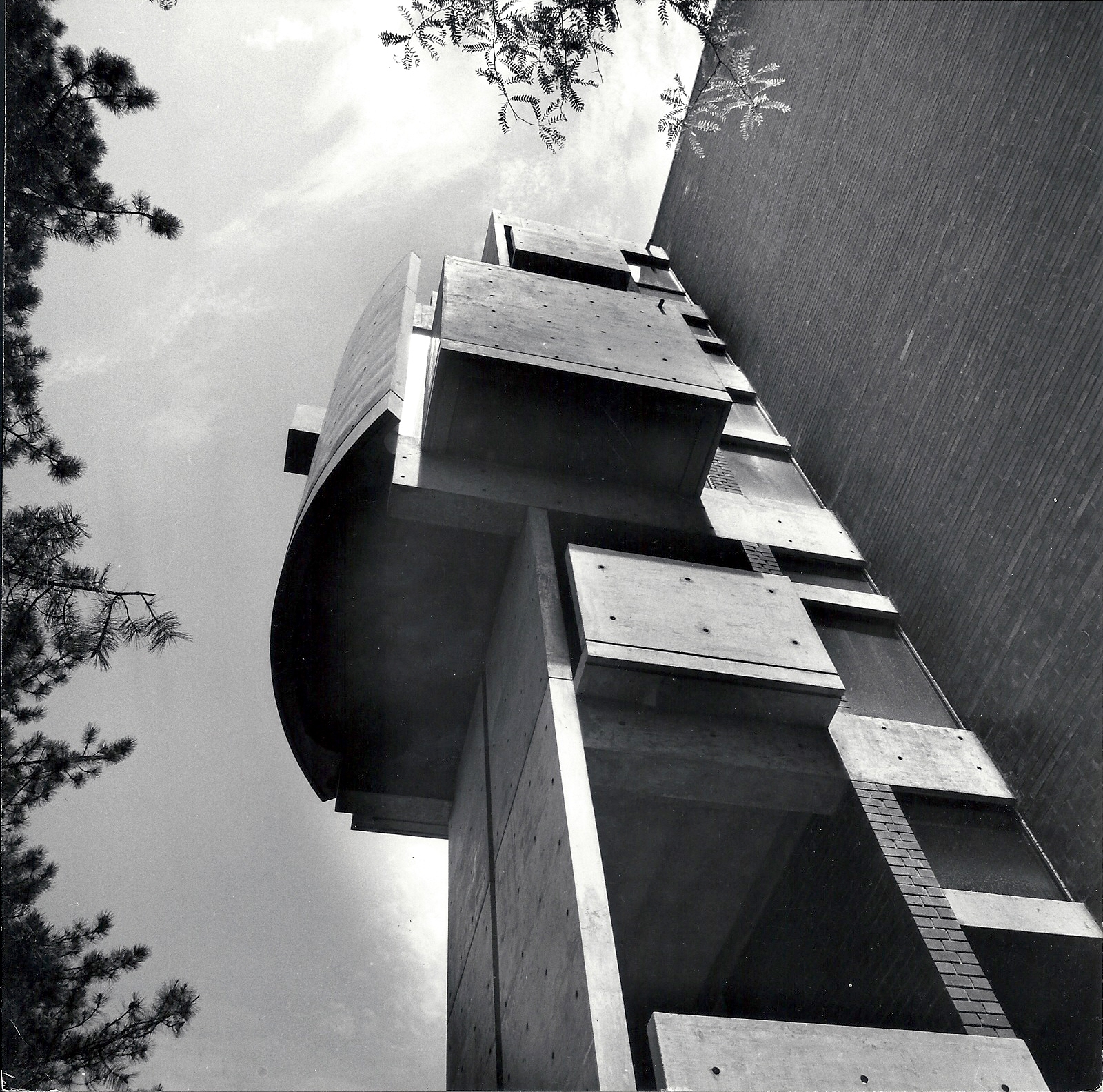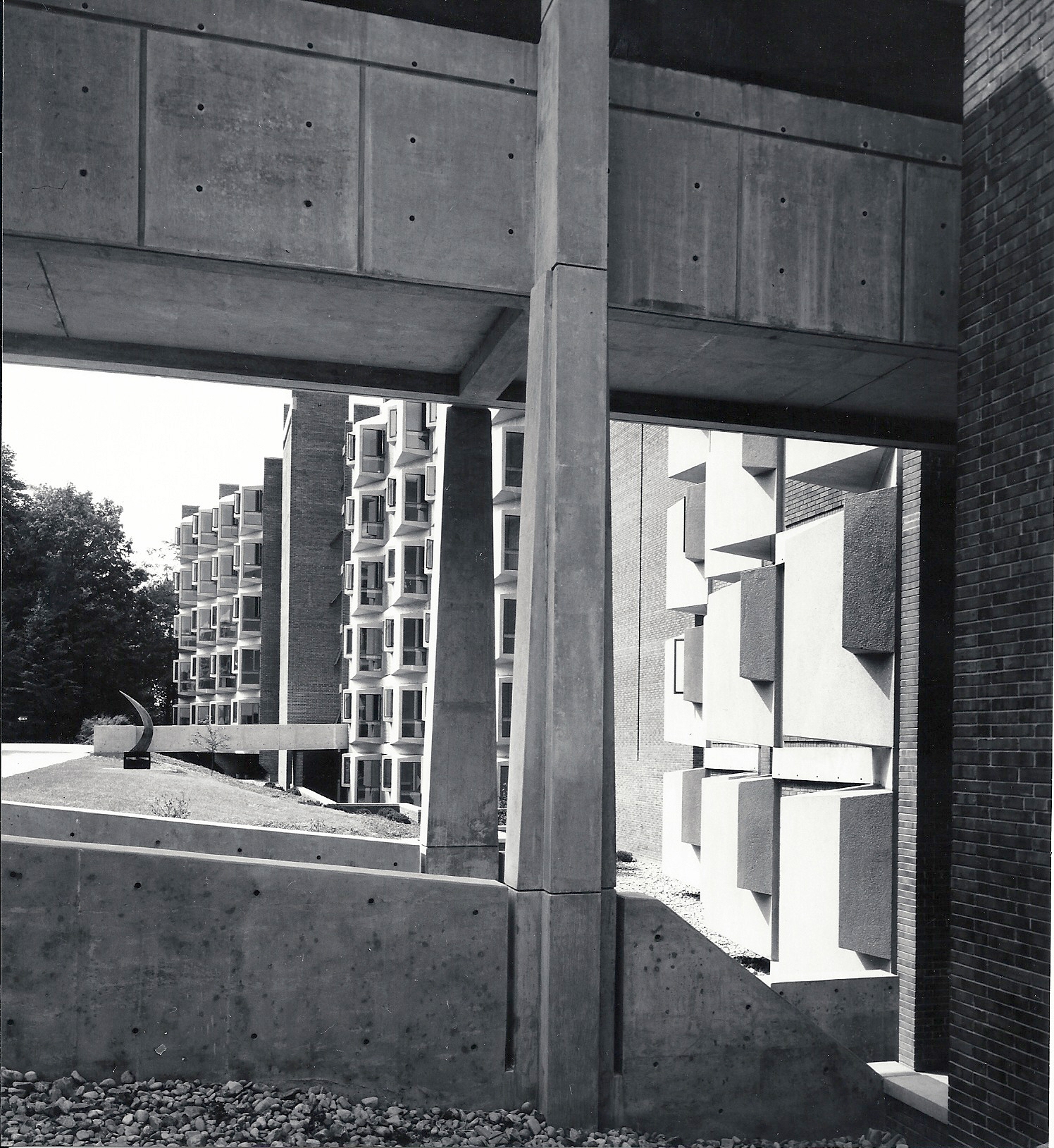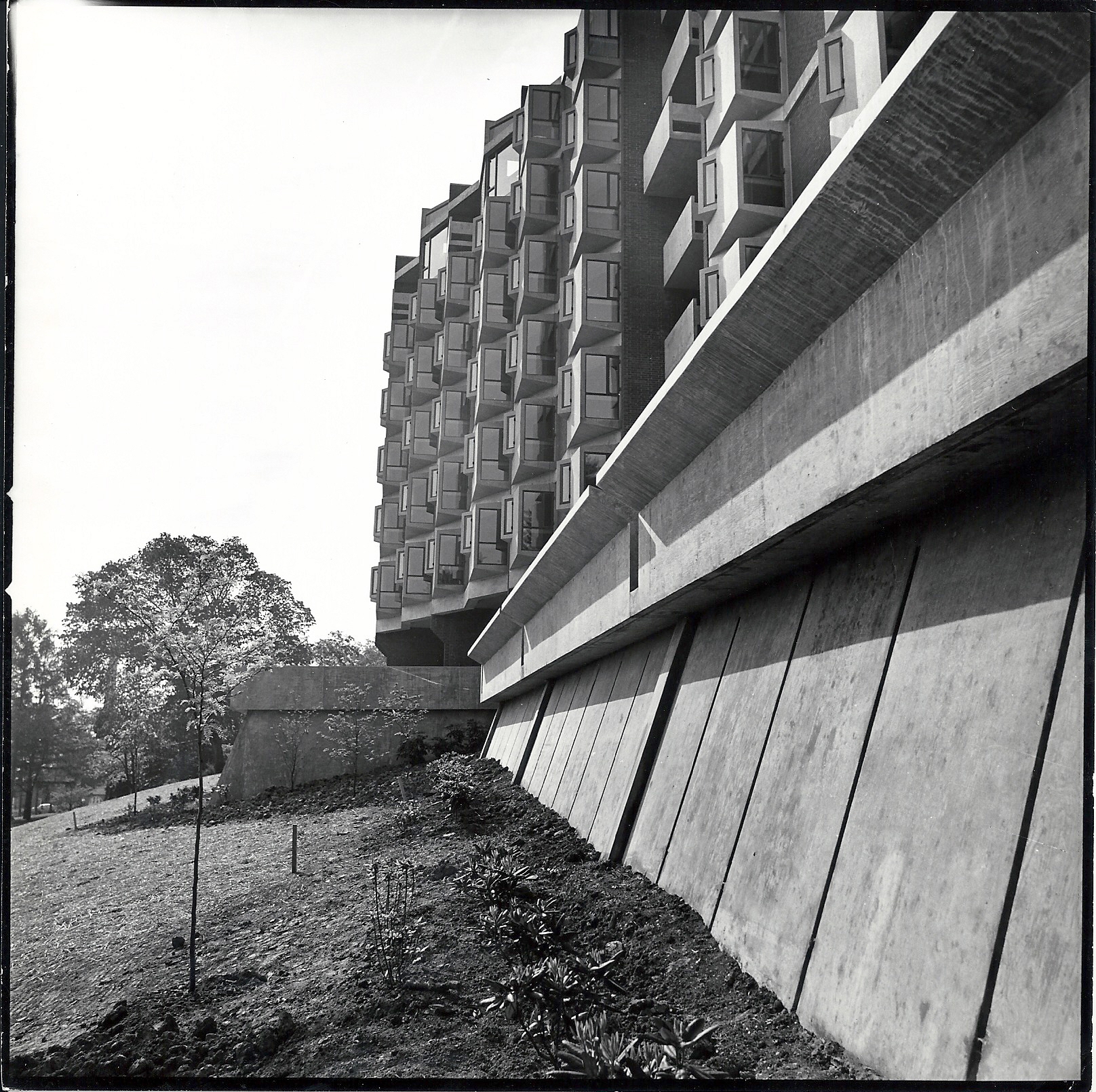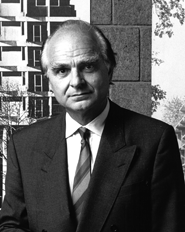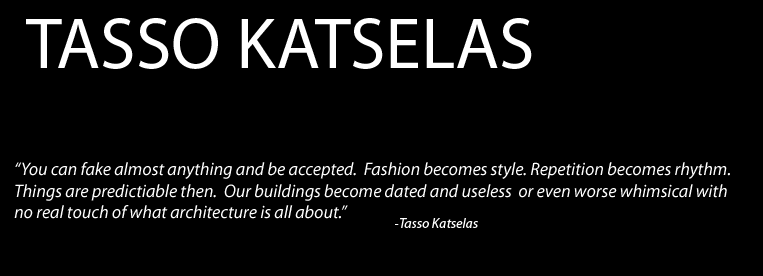Architecture is life taking creative possession of space.
Twentieth century monastic life at St. Vincent is not a refuge from the mortal condition. It is bound up explicitly with religious man and his inner community and implicitly with secular man. Architecture must act as an effective environmental background for this commitment.
The cell as the primary element offers a rich variety of personal space and light and time. A sequence that respects the individual but in turn manifests a relationship with the community as a whole through the common spaces; circulation spaces; in-between spaces; that link and bind each element through use. Each unit, each chapel, every terrace and garden and niche, build toward a unity of intention.
This relationship was established through an almost tender exchange between client and architect until understanding grew out of a sense of mon¬astic process. The final expression, the physical form was generated as a reflection of this life-a life whose pulse is human, but whose impulse is divine.
